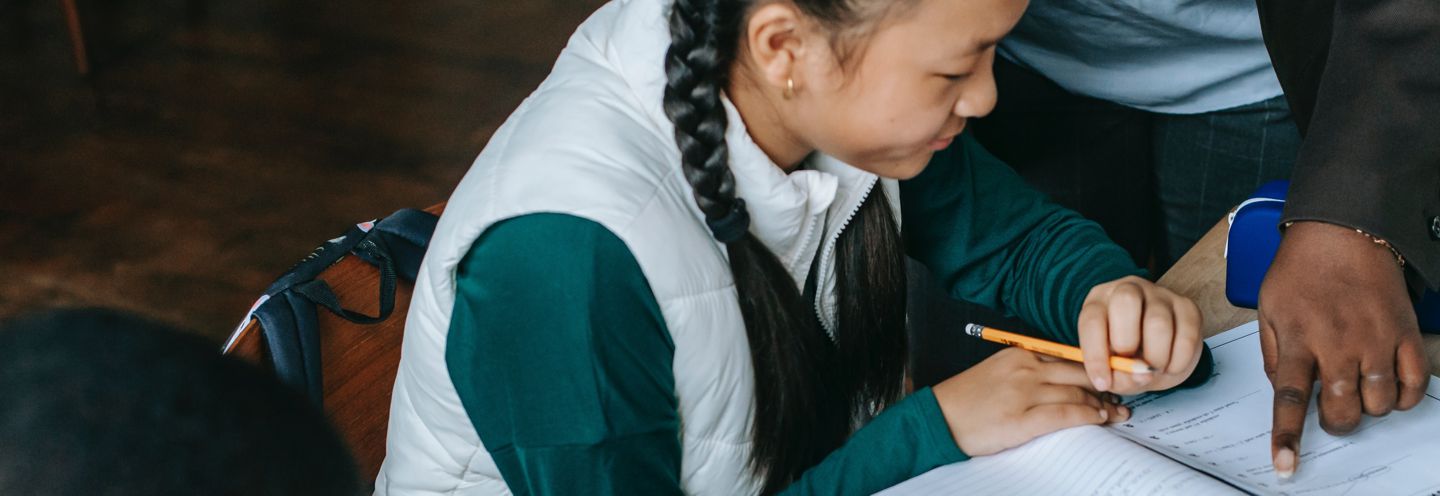Teacher Resources | 377 Results

The #ForYou discussion guide includes a gameplay overview, instructions on how to run the game as a workshop, a pre-brief and debrief before and after each round of the gameplay to

#ForYou is a card-based pattern-matching game that helps youth aged 13 to 18 understand the role that algorithms play in their online and offline lives, and the value of their personal information to

In this lesson, students play the educational card game #ForYou: A Game About Algorithms and use it as a prompt to learn about and discuss the role that algorithms, data collection, and machine

You can make the world a better place TODAY. 10 tiny ways you can make the world a better place today.

In the educational game 'A Day in the Life of the Jos', students in grades six to eight help the brother and sister team Jo and Josie with situations they encounter online as they go about a typical

A Guide for Trusted Adults is based on YWCA's consultation with Canadian girls and young women about their concerns and the issues they face online and on social media platforms and the

This printable activity sheet introduces basic media literacy skills and concepts and is suitable for use in homes, schools and libraries. It can be completed independently, but children will learn

Teachers can play a critical role in educating their students about AI, even if they aren’t experts on it. By addressing AI in ways that are designed to build students’ skills and teach them about

In this lesson, students are introduced to the idea of online advertising and look at the ways that marketers create immersive and appealing online environments that draw and hold children’s

In this lesson, students are introduced to the idea of online advertising and look at the ways that marketers create immersive and appealing online environments that draw and hold children’s

